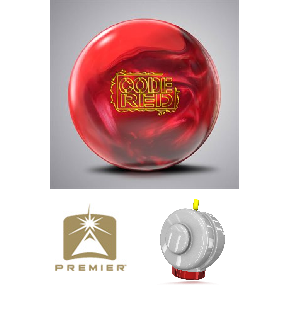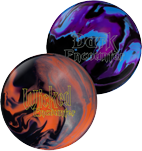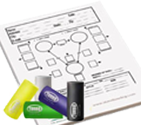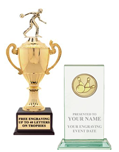
The Code Red
Review Date: 22 August 2017
Reviewed by:
Storm/Roto Grip staffer John Brockland
Style: Stroker Rev Rate: 280-310
PAP: 5.5" over and 1" up
The CODE RED is the second release in a new series from Storm bowling products. Its RAD4 core is a product of disc technology in core design that has increased angularity and torque at the breakpoint like little other, especially for an asymmetrical ball, since Storm’s X-factor series. It is wrapped with R2S hybrid coverstock which surpasses its predecessor, the CODE BLACK (pearl), in its capacity to blend out a lane pattern without sacrificing any significant measure of downlane motion. The difference of hybrid to pearl between the two results as one might expect in a foot or two sooner a transition from skid to hook and roll in ball motion.
My
first exposure to the
CODE RED was not
throwing it myself but
watching it used on
livestream broadcasts
this past spring by Pete
Weber --- whose game I
have been watching first
hand since I was twelve
--- and by other others
whose games have become
very familiar to me from
my vacation jaunts on
the PBA50 tour in the
summer.
What I saw made
me confident enough in
this new release to
decide to do something
daring with it which I
only do with proven
balls.
I chose to put a
pretty highly specialize
Vector Layout System on
it (Storm’s system of
layout design based on
pin to PAP distance, pin
to Mass Bias distance,
and pin to vertical axis
line or pin buffer
distance).
I had previously
had in my arsenal a
Storm CRUX with a
similar exotic layout
(very short pin to PAP)
that I had a great deal
of success with at the
Fusion Realtors Open and
in other circumstances
where navigating a
medium length, medium
volume, very flat
pattern was necessary.
That CRUX, also a
hybrid covered
asymmetrical ball, ended
up cracking on me and I
needed to replace it
with something.
This particular
layout allows me to take
a straighter approach
especially on the fresh
and control the pocket
without sacrificing
hitting power and
without getting into
ball reaction jail.
This layout is
the oddball looking one
you see depicted below.
The CODE RED,
drilled this way, has
performed exactly in the
way that I was hoping
and was a great help
this past summer on my
PBA50 swing –
particularly after
knocking the surface
down to 3000 on the
fresh of PBA50 Viper in
Hammond, IN on Logic Oil
as well as at some
points in time on a very
tricky PBA50 Cheetah
pattern in Anderson, IN
on what we think was
Authority 22 W22 oil.
For heavier
volume and longer flat
patterns I have an ALPHA
CRUX and for lighter
volume and shorter I
have an !Q TOUR EDITION
each with this same
layout.
The VLS specs are
2 ¼
x 6 1/8 x 1 ½.
Given
the success I’ve seen
from the CODE RED with
that exotic layout, I
also chose to drill one
with a pretty standard
asymmetrical layout for
me.
The Mass Bias is
at 5” from my PAP which
puts it right next to my
thumb.
The pin is pretty
much over the bridge
center – which is about
5.5” from my PAP.
With this layout
the CODE RED has been
really helpful in
opening up the lane
later in squads during
this summer’s PBA50
swing.
That 5” Mass Bias
to PAP distance is key
for me in that regard.
I have always
found that to give me
the optimal kind of
motion off the break
point from an
asymmetrical core if I’m
trying to open up the
lane and still get the
ball around the corner
well on the back end.
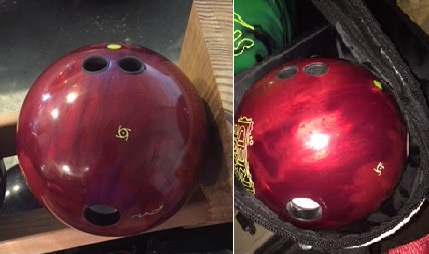 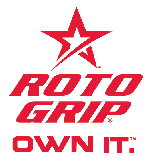
|
||||||||||||||||||||||||||||||||
|
